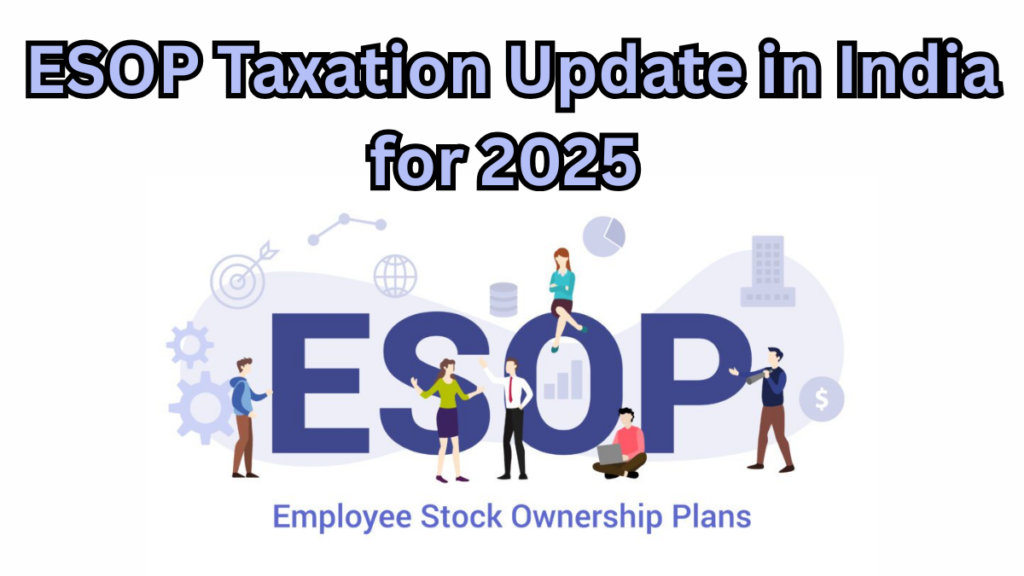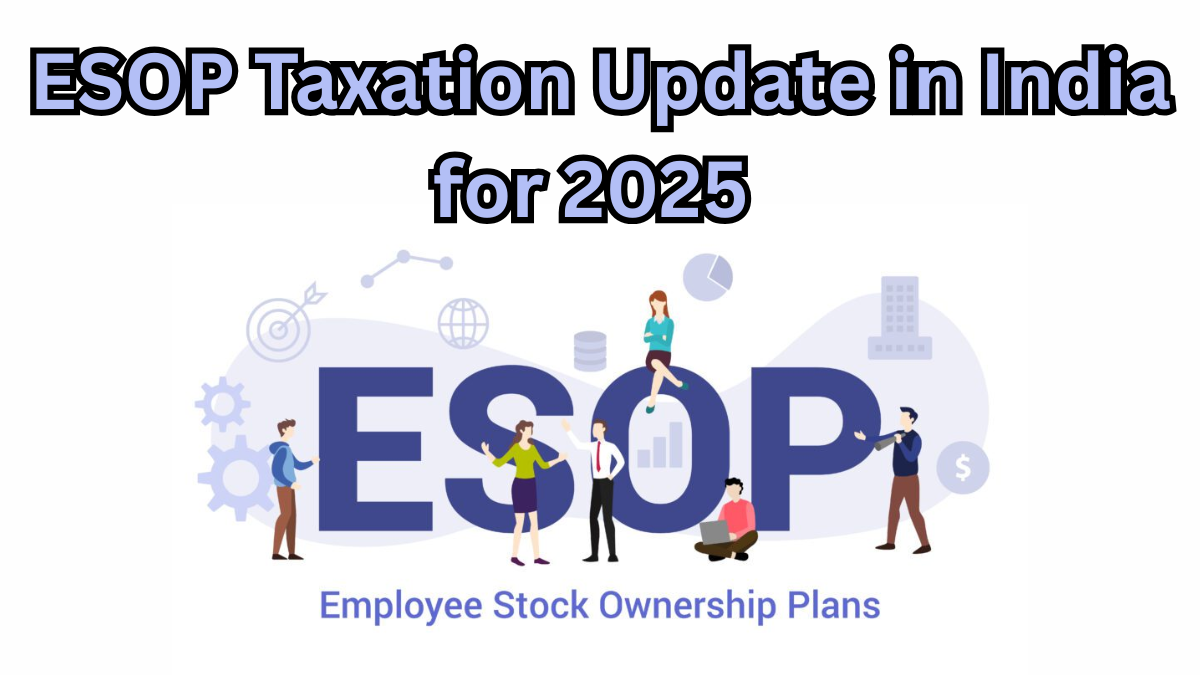If you’re part of a startup in India—whether you’re an employee or a founder—Employee Stock Options (ESOPs) might be one of your key wealth-building tools. But with the ESOP tax rules India 2025 receiving a significant update, understanding how this change affects your take-home and long-term financial planning has never been more important.
Let’s break it down in a simple, practical way.

What’s New in ESOP Taxation for 2025?
The 2025 update brings in a refined approach to how employee stock options are taxed. Previously, many employees found themselves hit with large tax bills even before they liquidated their shares. This update aims to correct that imbalance and support startup growth.
Key Changes Introduced
-
Taxation now deferred until actual share sale (not at the time of exercise) for eligible startups
-
Applies only to recognized startups registered under DPIIT
-
Tax trigger now tied to an exit event or share sale—giving employees better liquidity management
-
Founders and senior executives also benefit if granted ESOPs under defined conditions
Breakdown of Taxation Before vs. After the Update
Here’s a quick comparison to help you understand the shift better:
| Component | Before 2025 Update | After 2025 Update |
|---|---|---|
| Taxation Point | At the time of exercise | Deferred to sale/exit event (for eligible startups) |
| Type of Tax | Perquisite tax (as salary income) | Still perquisite tax, but deferred |
| Income Tax Slab Impact | Immediate impact on the highest applicable slab | Delayed impact—could be offset with planning |
| Founders Included? | Generally excluded | Now included under specified rules |
How This Affects You (Employee or Founder)
For Employees
-
You get breathing space to plan your taxes better
-
No need to pay tax on “paper gains” if shares aren’t yet sold
-
Better alignment between liquidity and tax obligation
For Founders
-
ESOPs are now more tax-efficient as a retention and incentive tool
-
Helps attract and retain top talent without immediate financial strain
-
Encourages wealth creation and equity participation across roles
Tax Planning Tips Under New ESOP Tax Rules India 2025
Make the most of this update with smart moves:
-
Track vesting schedules to plan around taxable events
-
Use capital gains strategies if shares appreciate post-sale
-
Keep in mind your income tax slab—ESOPs might push you into a higher bracket if not planned properly
-
Consult a financial advisor to leverage long-term capital gain benefits post-shareholding
Common Scenarios Explained
Scenario 1: Early-Stage Startup Employee
You receive ESOPs today, but don’t sell shares for 3 years.
Old Rule: Tax immediately on exercise—even if no liquidity.
New Rule: Tax only when you sell the shares—better alignment.
Scenario 2: Founder Allotted ESOPs
You’re granted ESOPs with a 4-year vesting.
Old Rule: Could be taxed immediately upon vesting.
New Rule: Taxation waits until exit, reducing early burden.
FAQs
1. Do the new ESOP tax rules apply to all companies in India?
No, these rules apply only to startups recognized under the DPIIT framework. Traditional or MNC employers are not included under this deferred taxation benefit.
2. What happens if I leave the startup before I sell my shares?
Tax is still deferred as long as you don’t sell the shares. However, any sale post-departure will trigger the tax event.
3. Are ESOPs taxed under my income tax slab or as capital gains?
At the time of exercise, ESOPs are taxed as perquisites under your income tax slab. Upon sale, gains are taxed under capital gains rules.
4. What if the company is not listed and there’s no market to sell shares?
If there’s no sale or exit event, the tax liability remains deferred. This is beneficial for unlisted or private startups.
Final Thoughts
The ESOP tax rules India 2025 mark a much-needed relief for startup employees and founders alike. With employee stock options becoming a cornerstone of compensation in the Indian startup ecosystem, aligning tax obligations with actual financial gains is a welcome move.
Click here to learn more
